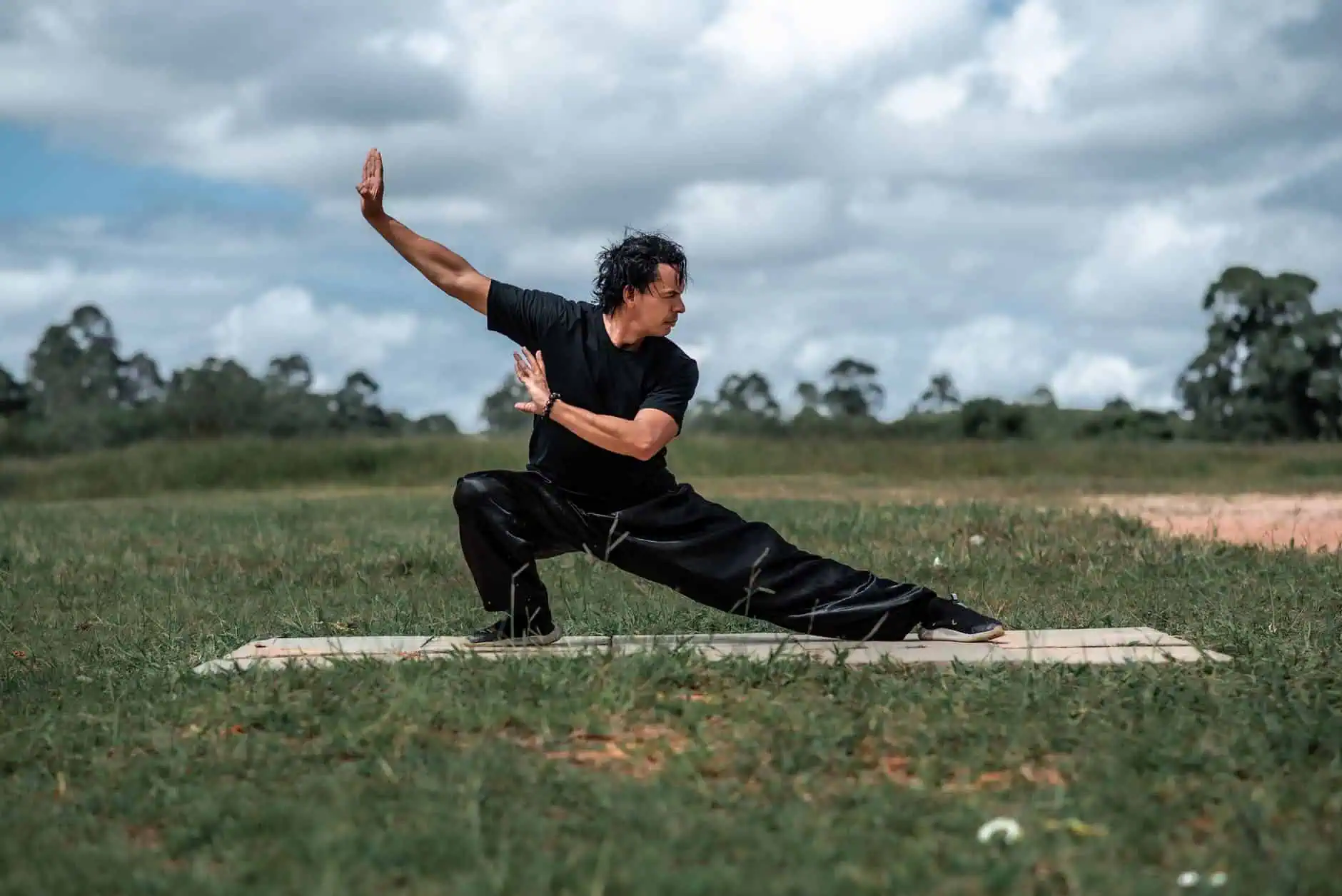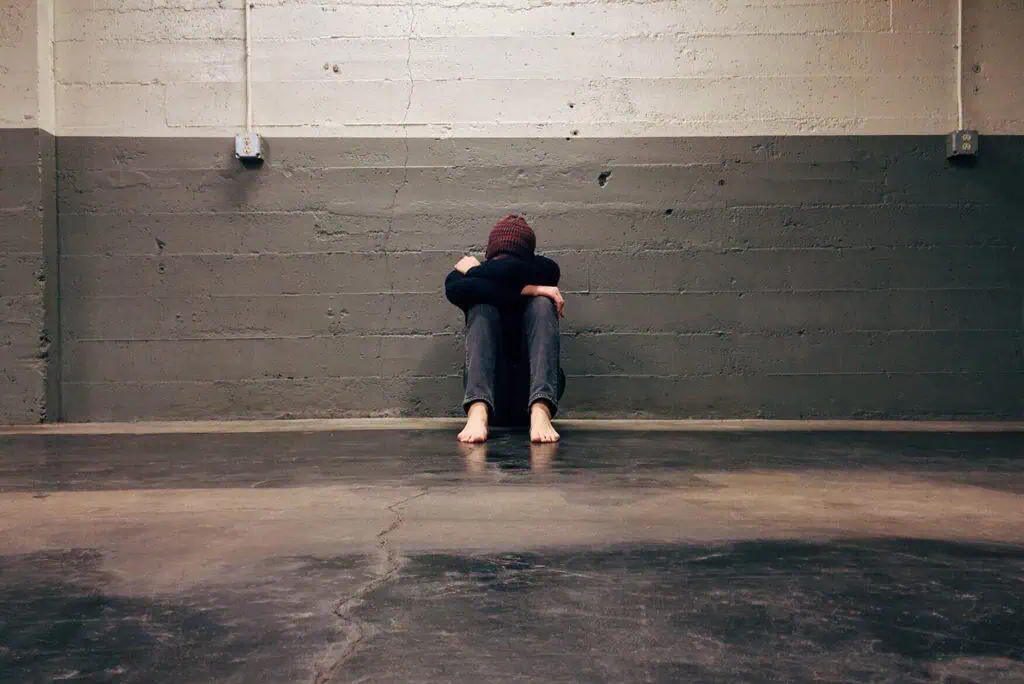Despite how obvious it may seem that your physical actions affect your emotional state, it is not as clear that your bodily activities might impact your mood.
Listen In
When you’re experiencing sadness and lethargy, for example, you may move at a much slower rate. According to recent studies, your brain and body are inextricably linked, implying that when you physically active, your brain can alter as well.
How Exercise Can Improve Mood Disorders
Regular aerobic exercise can reduce anxiety by causing the fight or flight part of the brain to respond less quickly. In addition, anxiety sufferers can build a tolerance to a specific trigger.
Exercise like biking or going to the gym for aerobic, resistance, flexibility, and balance exercises–reduces depressive symptoms. Regular exercise can be as effective as medications and psychotherapies. When people exercise, they produce a brain protein called BDNF that helps to increase nerve cells in the brain. We think this is part of the reason exercise helps us feel better.
The study, as mentioned earlier, had shown that when persons with attention-deficit disorder exercised moderately for 20 minutes, they became more focused and energetic and did not have as many negative symptoms such as confusion, fatigue, and depression. But interestingly, in this study, exercise didn’t affect attention or hyperactivity in and of itself.

There is evidence that depressive symptoms can be reduced through meditative movement. It’s a type of exercise in which you’re aware of your bodily feelings, position in space, and changes in heart rate or breathing as you go. Qi-gong, tai-chi, and some yoga techniques are all beneficial.
Yoga may help alleviate the severity of symptoms associated with post-traumatic stress disorder to the point that some individuals no longer qualify for this diagnosis.
Changing your posture, breathing, and other behaviors may help you relax more quickly, reducing sadness and anxiety by altering your brain.
The Surprising Benefits of Synchronizing Your Movements
When you engage in one by yourself, whether physical exercise or meditative movement, it can help improve your quality of life. But a recent study shows that if you move in sync with someone else, it also increases your self-esteem.
Furthermore, studies have shown that by moving in sync with someone else, you are more likely to like them, cooperate with them, and feel more charitable to them.
More specifically, being in rhythm with someone else is an easier way to recall what they said, and it makes you feel better about yourself. People who suffer from depression might feel better after participating in dance movement therapy.
Tune Into Your Body’s Response
A great way to change your mood with body-related triggers is to take notice of your internal response. Feel what you feel and determine what external thing you might have come into contact with that might have impacted your body.
Watch your body and take note of when tension emerges and why. Try to identify the moments when you are feeling safe or calm. Keep track of the physical sensations when you have peace of mind.
Look after your body, too. We will be grumpy when we are tired, hungry, or stressed. So to nourish your physical body with some exercise, sleep, and good food, and recognize that you are helping boost your mood by taking care of your health.
For example, every day, you should add in some activity that makes your body and brain feel good, like listening to your favorite song. Nature. Take a stroll. Vent. Jot down ideas. Find something you’re passionate about and do it.
Therefore, when you have attended and are giving your body the essentials, you can consciously move in ways that will induce specific good feelings.
The Emotional and Physical Connection
Our bodies are in a constant state of chemical change, which intensifies during times of excitement, fear, and stress. Those chemical reactions can also intensify during periods of intimacy and make it, so we’re easily overwhelmed by love or feel as though our organs are turning inside out.
Both physical and emotional experiences affect how we feel. For example, when some people have a lot of stress triggers their arthritis. For some people, pain in their bodies can be a symptom of depression.
Does Exercise Make any Difference When Depressed?

In theory, depression is when the body’s serotonin levels are too low. Depression can be treated with antidepressants that stimulate serotonin release. Unfortunately, many people experience such profound forms of depression that this kind of medication is ineffective.
The reason, unfortunately, is that their depression has nothing to do with serotonin levels. Instead, many of us who study depression think the disorder may involve inflammation connected to stress. Inflammation begins to affect cells in the body, provoking an immune response and increasing inflammation.
Inflammation then can infiltrate the brain, affecting mood. As a result, some people don’t get any relief from their depression and don’t feel like themselves again until they start exercising.
It seems to help fight inflammation and depression. And in studies, when individuals who haven’t responded to anti-depressants start exercising, they usually see significant reductions in their symptoms.
Put it All Together
In addition to other therapies, psychotherapy or movement therapies are sometimes used to address depression and anxiety. For example, a more physical approach such as dance or guided imagery can come to the rescue when you’re feeling exhausted.
Getting exercise, going for a meditation walk alone, or going for a synchronous walk with someone else may allow you to change your mental state without having to focus too hard on the subject.
The next time you feel like you have a lot on your mind or don’t know what to do with yourself, move your body, go for a walk, dance or have some activity with a therapist. You doing these can quickly turn your mood around. Contact Davenport Psychology 941-702-2457 today.

